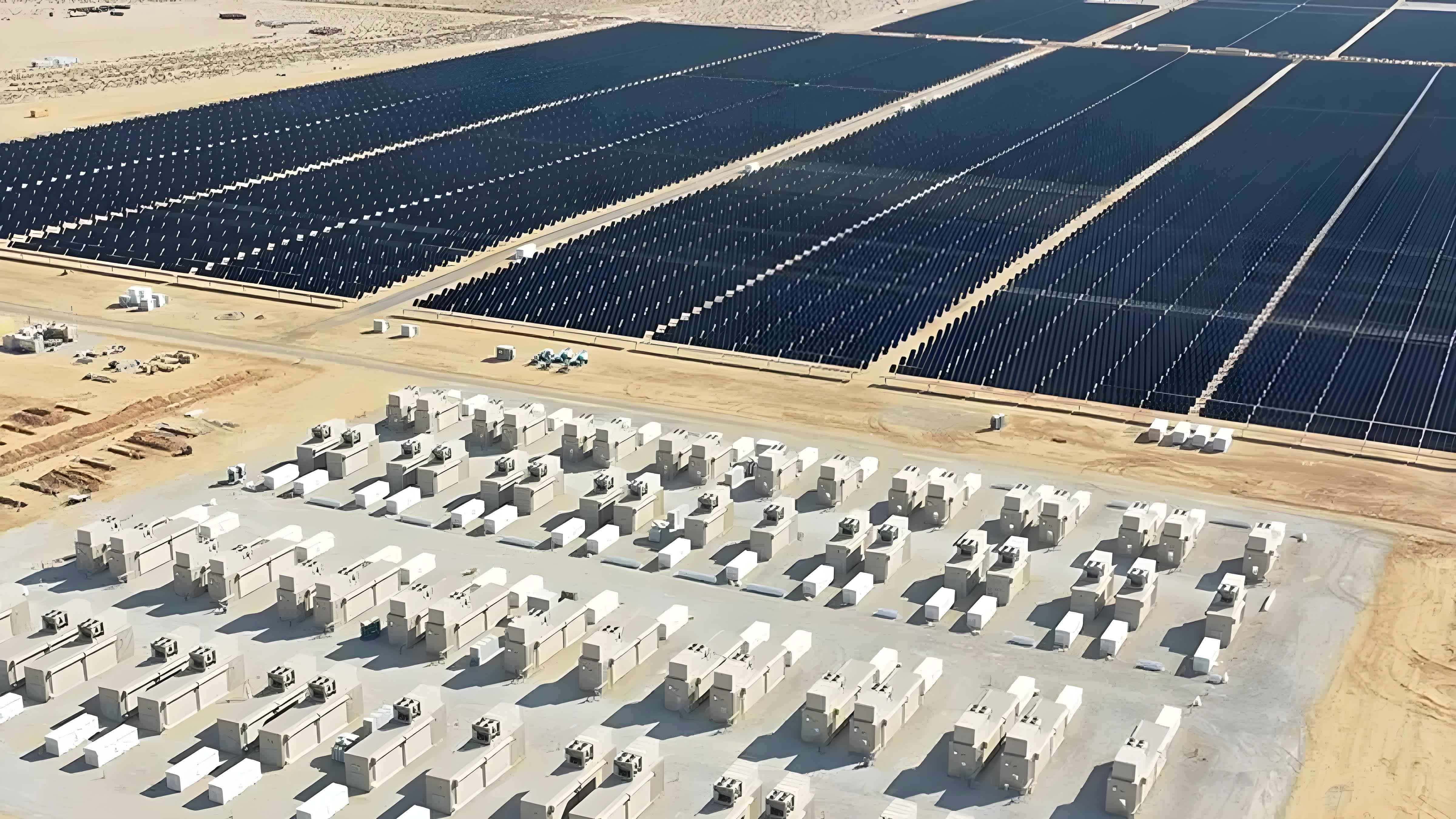Abstract
Solar battery energy storage has emerged as a pivotal technology in the global transition towards sustainable energy systems. This comprehensive article delves into the fundamental physical processes underpinning the performance of solar batteries, emphasizing on aspects such as silicon wafer thickness optimization, surface texturing and anti-reflection coating, and prediction of photovoltaic characteristics. By examining these critical factors through a blend of theoretical analysis and practical considerations, we aim to enhance understanding and promote advancements in solar battery technology.

1. Introduction
Solar batteries, also known as photovoltaic (PV) cells, convert sunlight directly into electrical energy through the photovoltaic effect. This conversion process relies heavily on the interplay of optical and electrical properties of the materials used, particularly silicon, which is the most widely employed semiconductor in PV technology. To optimize the performance and efficiency of solar batteries, a thorough understanding of the underlying physical mechanisms is imperative. This article examines three core aspects of solar battery technology: the determination of optimal silicon wafer thickness, the importance of surface texturing and anti-reflection coating, and the prediction of photovoltaic (PV) characteristics based on material properties.
2. Optimal Silicon Wafer Thickness
The thickness of silicon wafers is a critical parameter influencing the performance of solar batteries. The selection of an appropriate wafer thickness involves balancing factors such as light absorption, material utilization, and manufacturing costs.
2.1 Optical Properties of Silicon
Silicon’s optical properties, including refractive index (n) and extinction coefficient (κ), play a vital role in determining its light absorption capability. The relationship between absorption coefficient (α) and extinction coefficient is given by:
alpha=λ4πκ
where λ is the wavelength of light. The absorption depth (x) is calculated using the Beer-Lambert law:
A=1−e−αx
where A is the absorbance.
2.2 Solar Spectrum and Silicon Absorption
The solar spectrum comprises ultraviolet (UV), visible, and infrared (IR) light, each contributing differently to the total solar energy. Silicon, with a bandgap of 1.12 eV, absorbs effectively across a broad wavelength range, particularly in the UV and visible regions. However, to capture the longer wavelengths effectively, a balance must be struck between wafer thickness and material cost.
2.3 Determining Optimal Thickness
Analyzing the absorption spectrum and balancing light absorption with material costs, the optimal thickness for silicon wafers in commercial solar cells typically ranges from 150 to 240 µm. This range ensures high light absorption, particularly in the key UV and visible regions, while maintaining cost-effectiveness (Table 1).
Table 1: Optimal silicon wafer thickness range for solar batteries.
| Parameter | Value |
|---|---|
| Optimal Thickness Range | 150 – 240 µm |
| Bandgap (E_g) | 1.12 eV |
| Maximum Absorption | UV-Visible |
| Cost Consideration | Material Usage |
3. Surface Texturing and Anti-Reflection Coating
To further enhance light absorption and reduce surface reflections, surface texturing and anti-reflection coatings are crucial.
3.1 Surface Texturing
Surface texturing involves creating micro- or nanostructures on the silicon wafer surface to scatter and trap incoming light, increasing the optical path length and enhancing absorption. A common approach is to etch the silicon surface using acids or alkalis to create a pyramid-like texture.
3.2 Anti-Reflection Coating
Anti-reflection coatings, typically composed of materials such as silicon nitride (Si₃N₄), are applied to further reduce surface reflections. The thickness of these coatings is optimized to minimize reflectance across a broad wavelength range .
3.3 Enhanced Absorption through Advanced Structures
Advanced nanostructures, such as cone-shaped gratings, offer even greater control over light scattering and absorption. Simulations using the rigorous coupled-wave analysis (RCWA) method demonstrate significantly reduced reflectance and improved optical performance .
4. Prediction of Photovoltaic Characteristics
Accurate prediction of photovoltaic characteristics, such as current-voltage (J-V) curves, is essential for assessing the performance of solar batteries. This prediction relies on understanding the material properties and applying appropriate theoretical models.
4.1 Theoretical Models
The Shockley-Queisser (S-Q) limit provides a theoretical upper bound on the efficiency of a single-junction solar cell. For optimal bandgap materials (around 1.3-1.4 eV), the maximum achievable efficiency is approximately 33%. Additionally, the diode equivalent circuit model is often used to simulate the J-V behavior of solar cells.
4.2 Calculating Photocurrent
The short-circuit current (J_sc) can be calculated by integrating the product of the solar spectrum, the external quantum efficiency (EQE), and other relevant factors:
Jsc=e∫λminλmaxλhcS(λ)EQE(λ)dλ
where e is the electron charge, h is Planck’s constant, c is the speed of light, and S(λ) is the solar spectrum.
4.3 J-V Curve Simulation
Using the diode equation and material parameters, the J-V curve can be simulated, providing insights into key performance metrics such as open-circuit voltage (V_oc), short-circuit current (J_sc), fill factor (FF), and efficiency (η).
5. Conclusion
Solar battery energy storage relies heavily on the optimization of key physical parameters, including silicon wafer thickness, surface texturing, and anti-reflection coatings. By leveraging fundamental optical and electrical principles, we can enhance the performance and efficiency of solar batteries. This comprehensive analysis not only deepens our understanding of these critical factors but also provides a framework for further research and development in the field of solar energy storage.
